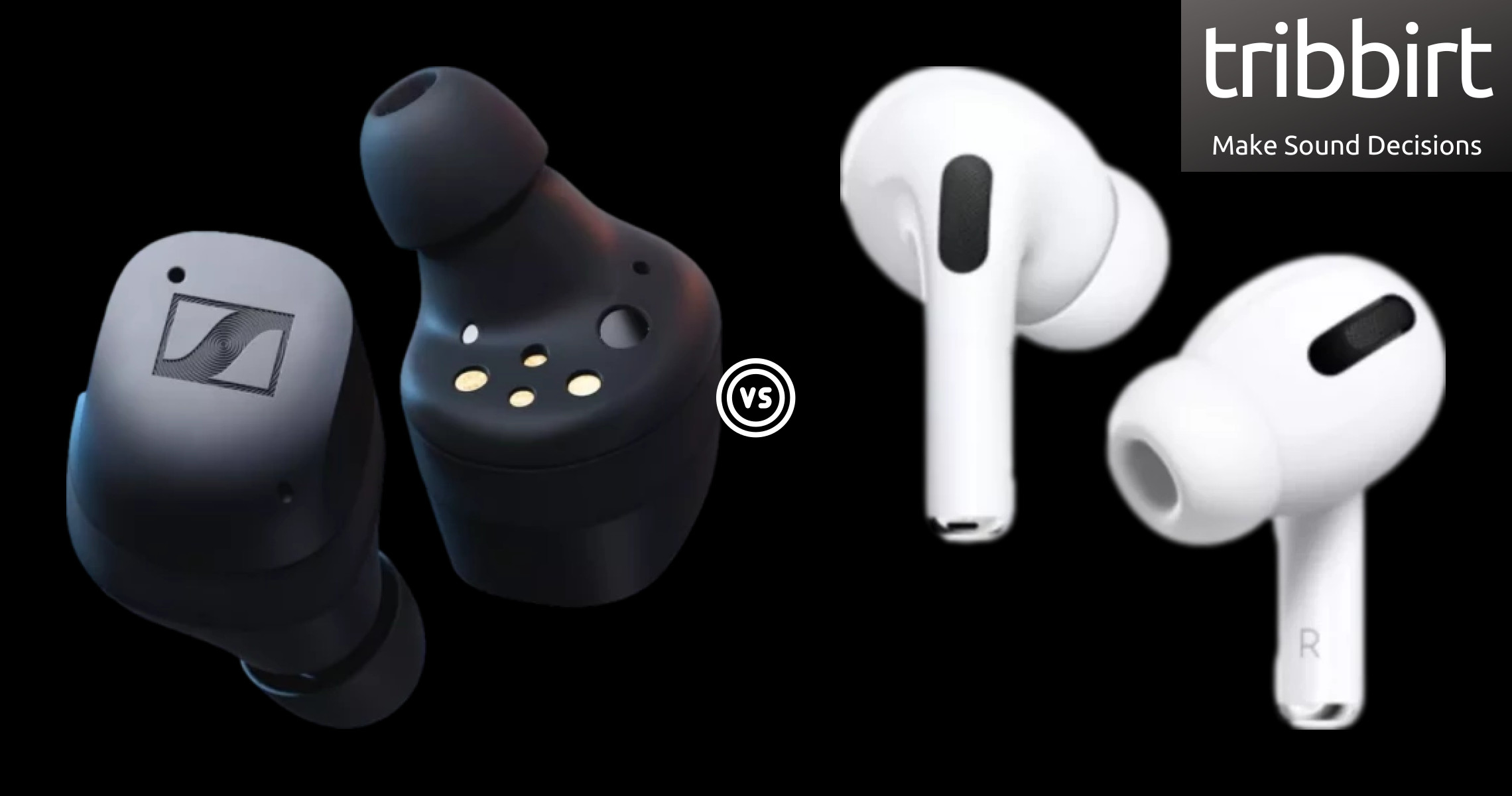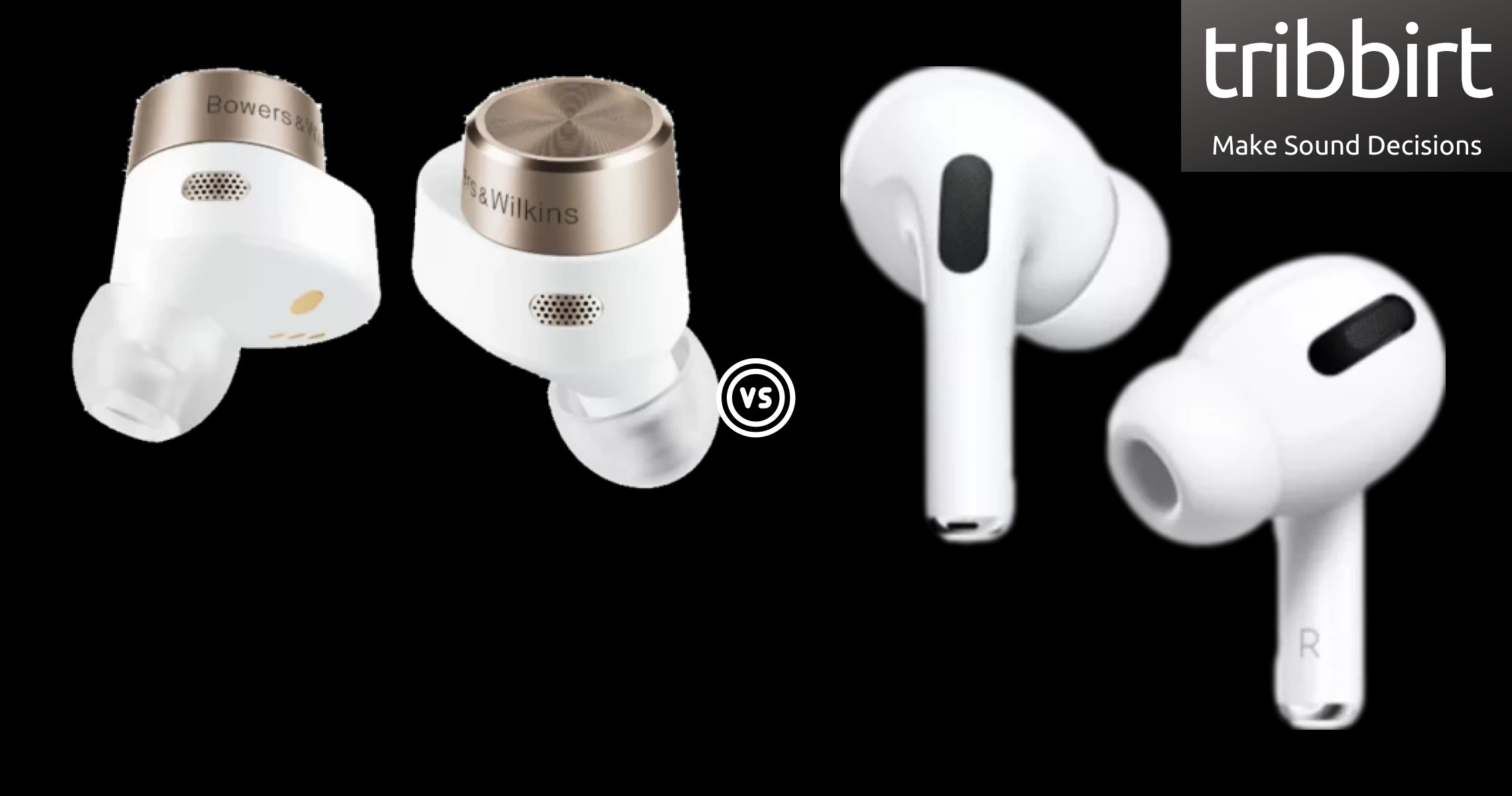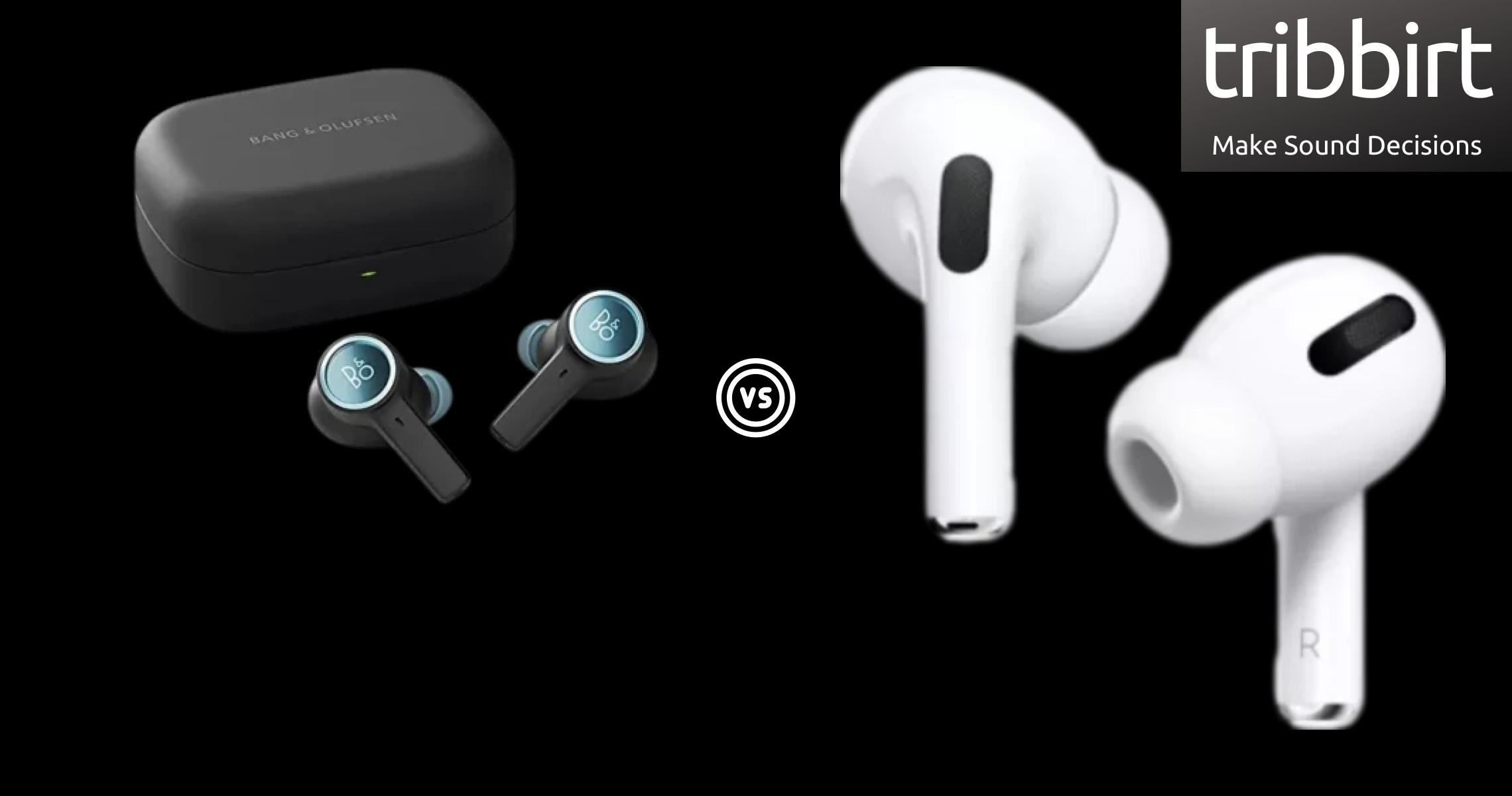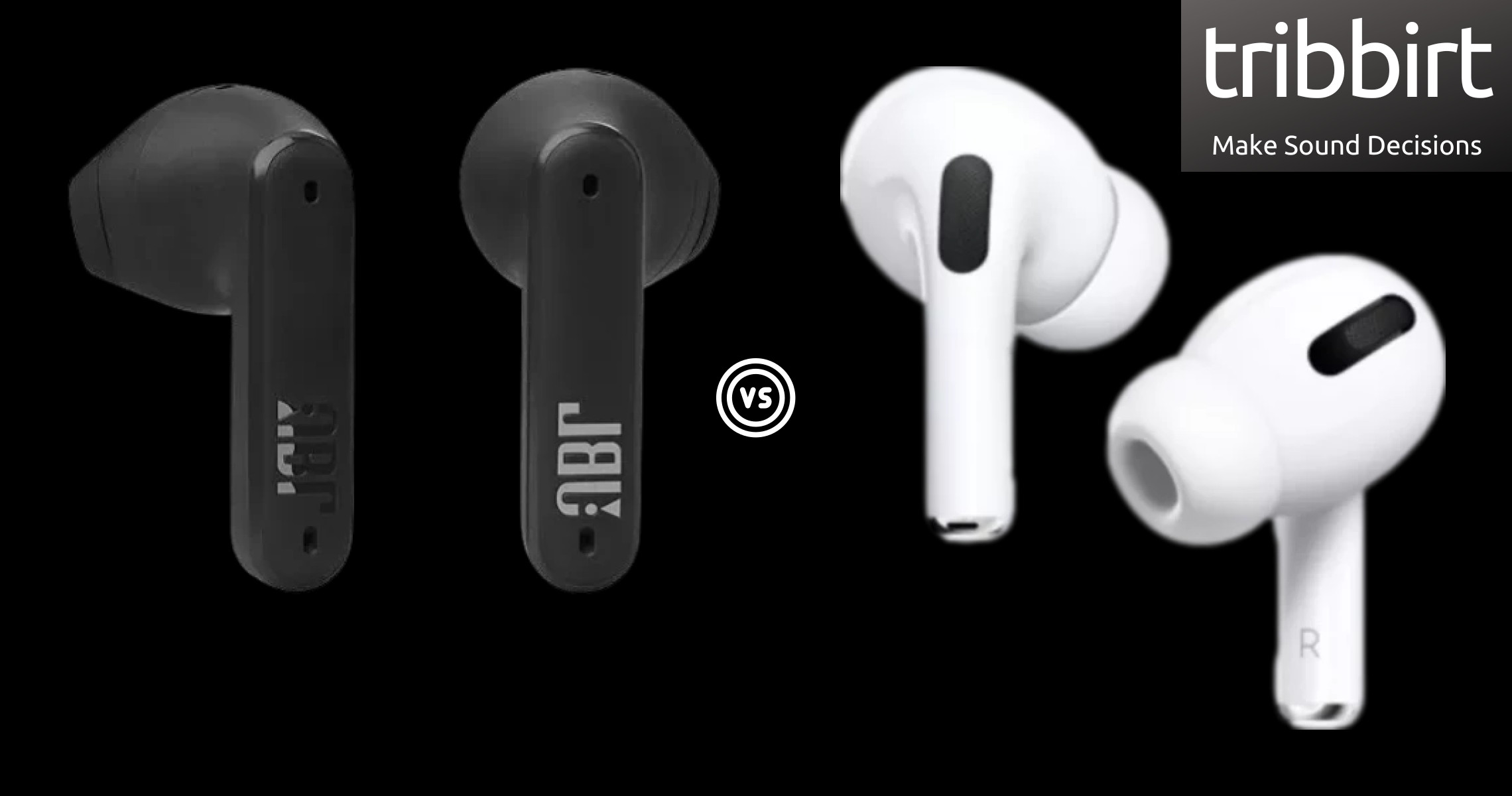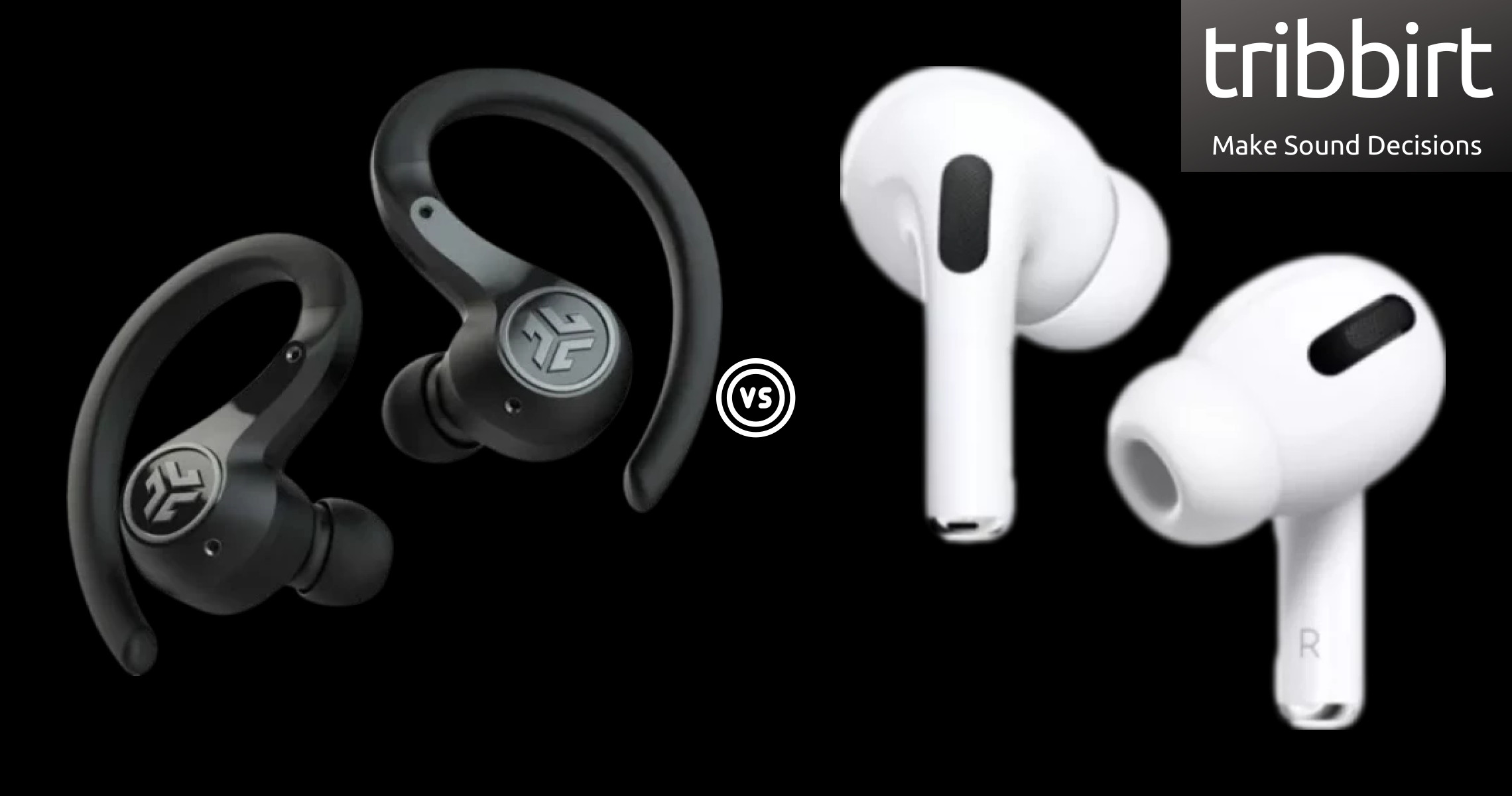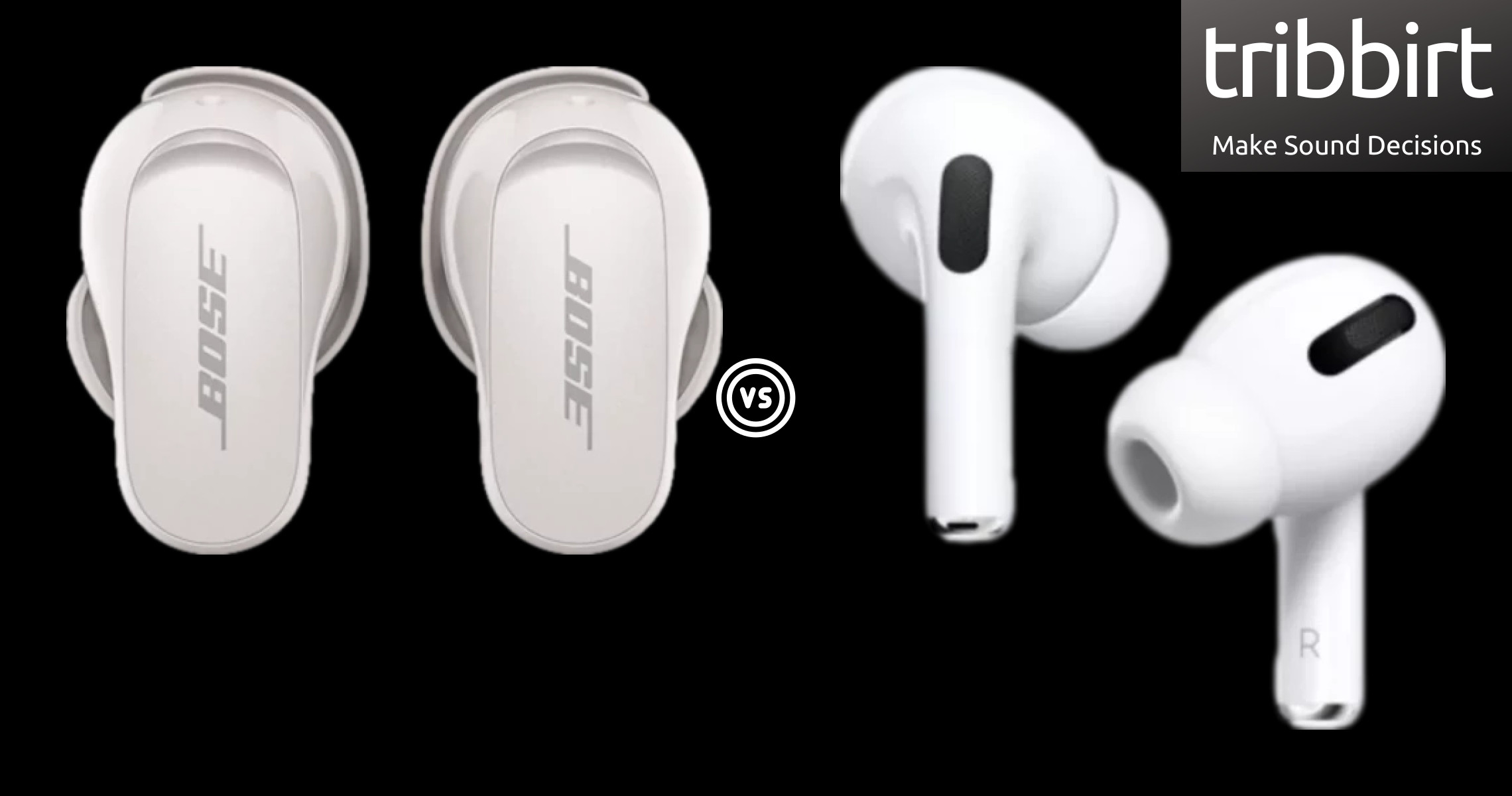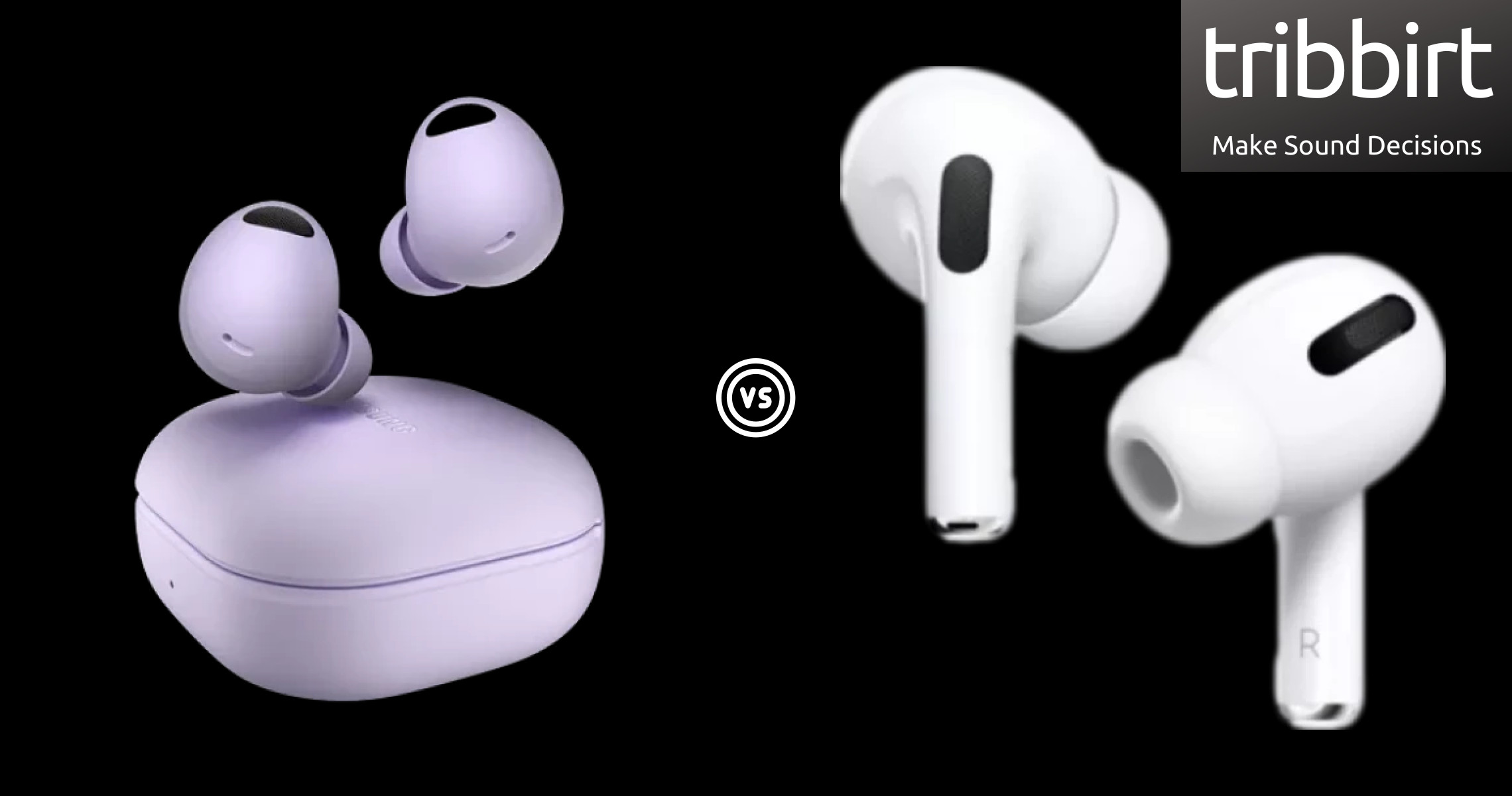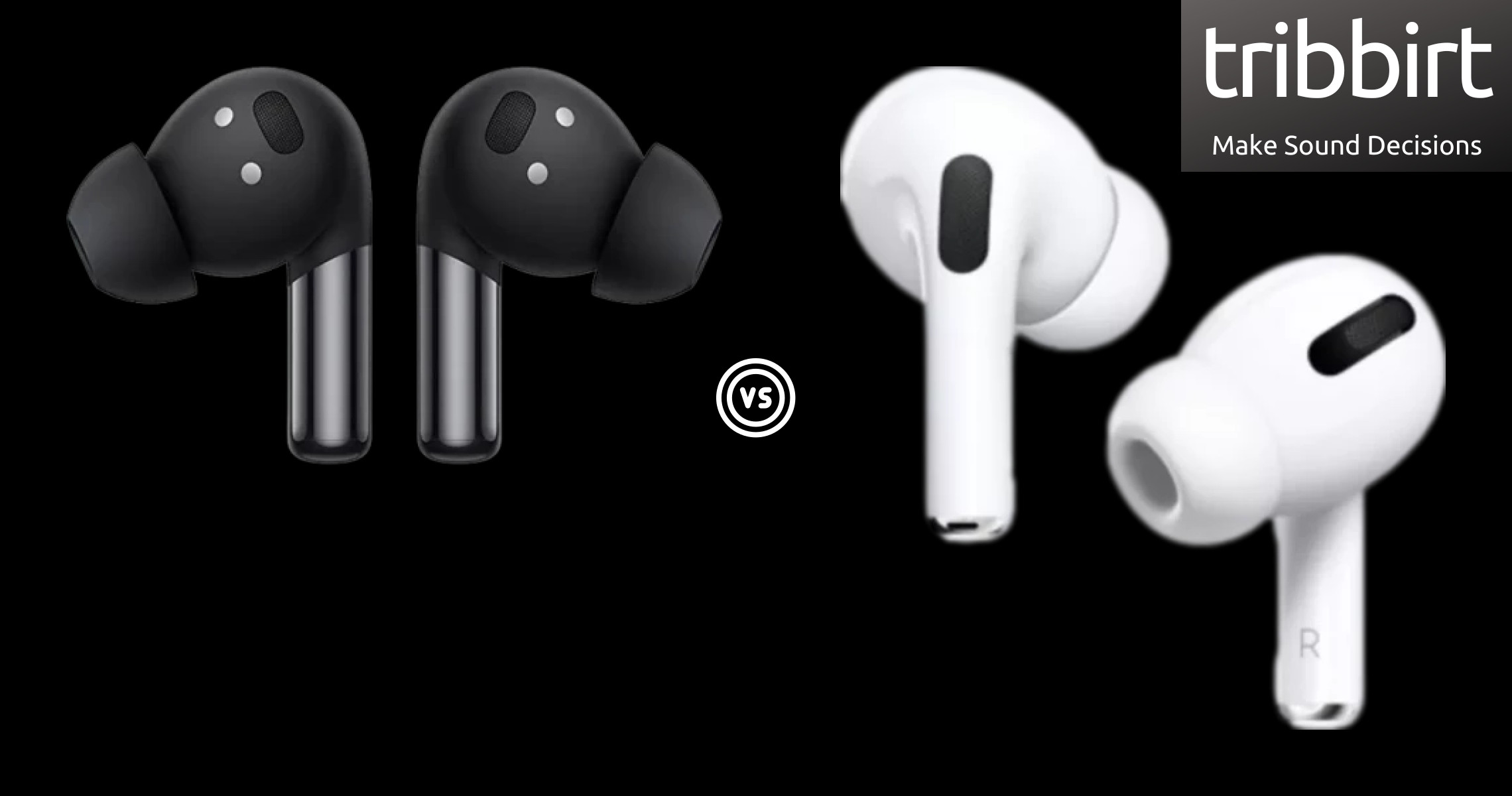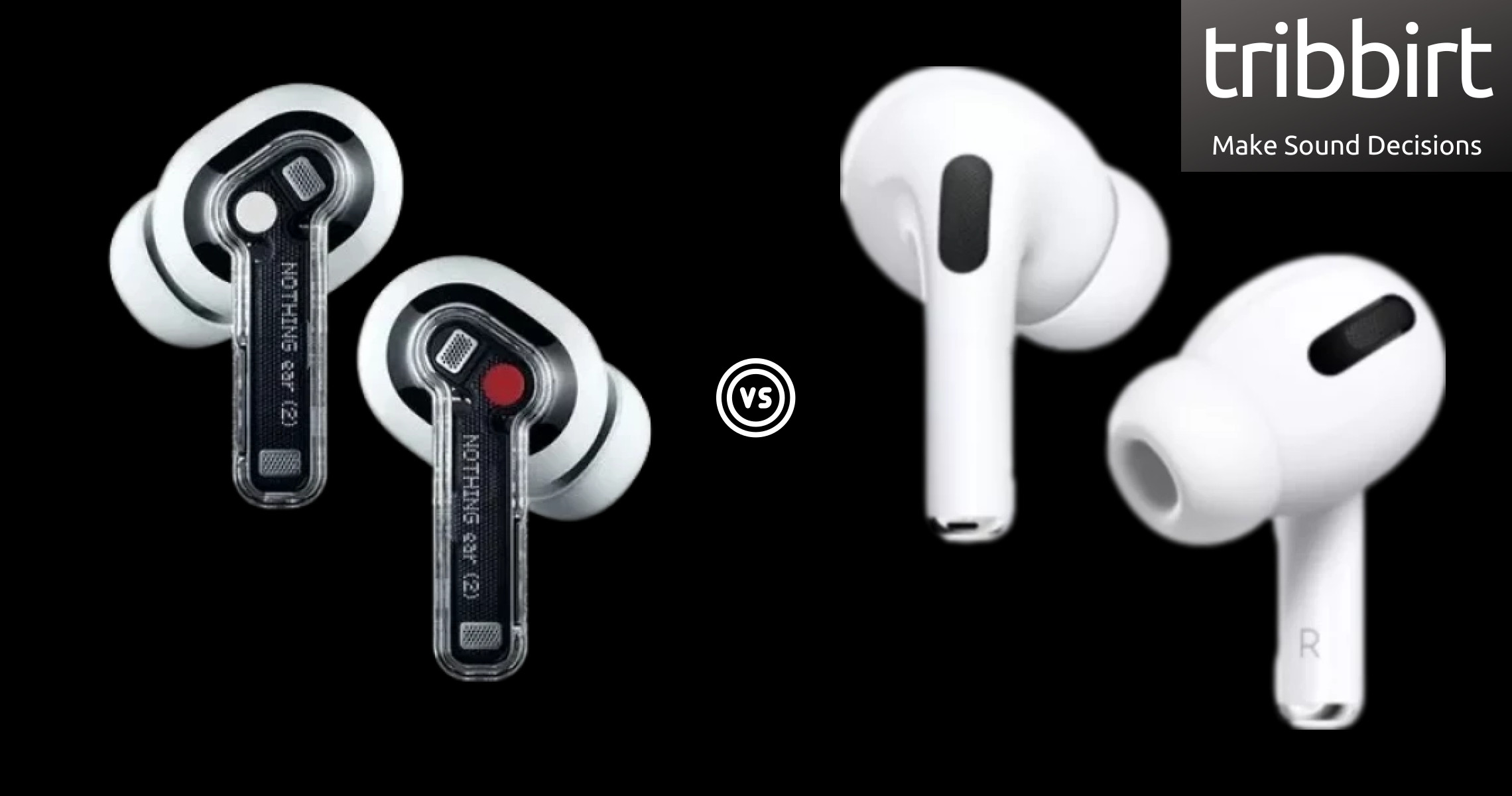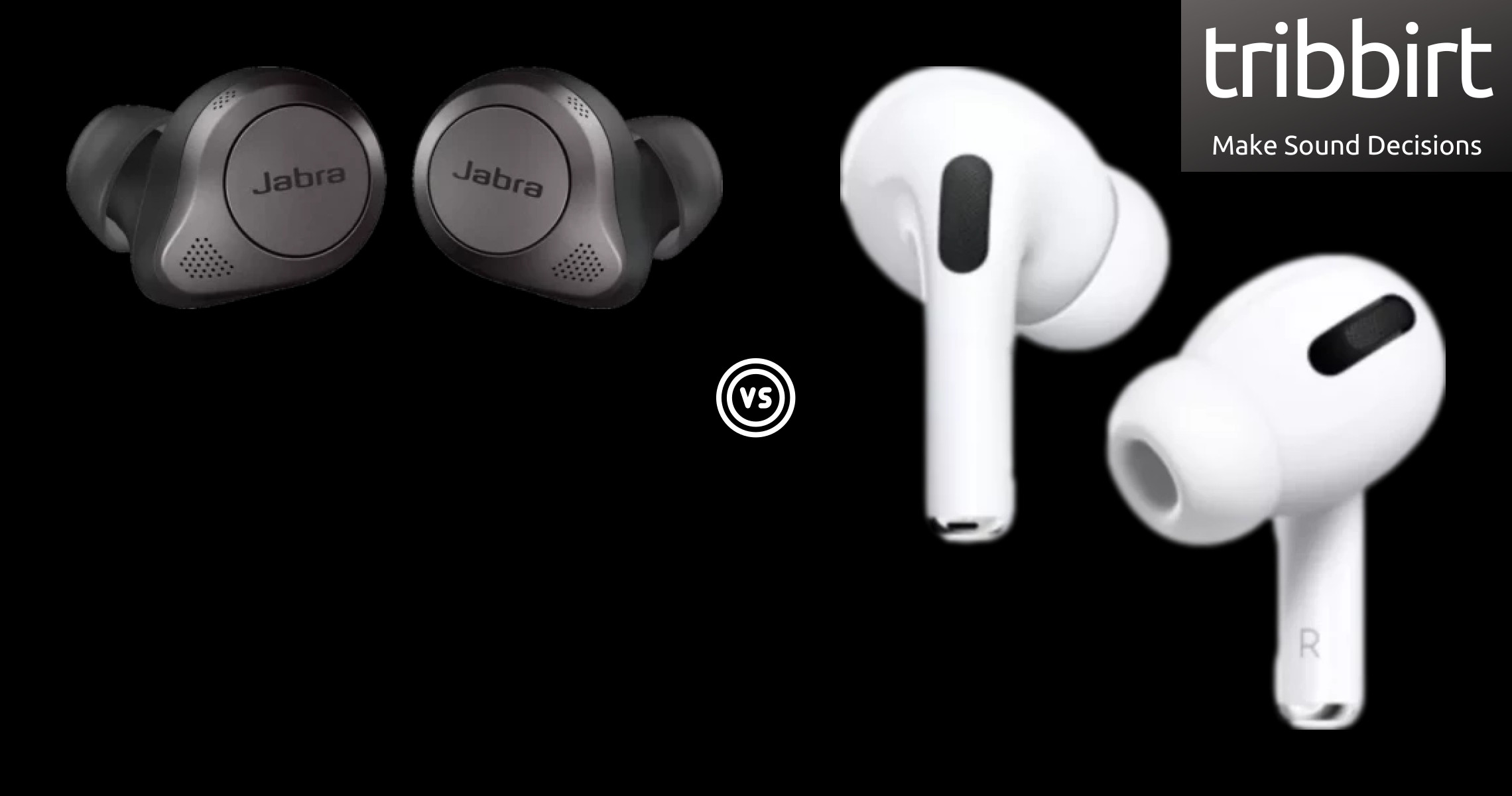Has Active Noise Cancellation (Noise Control)
Sony WF 1000XM4
✓
Apple AirPods Pro (2nd Gen) ✓
ANC makes use of advanced technology to reduce unwanted ambient sounds. How it works, it listens to the sound pattern of incoming noise and then inverts the soundwaves to counter it. In simple terms, it's like having +1 (sound from your surrounding) then producing -1 (counter sound by the device) to make zero which results in a reduced level of noise.
Apple AirPods Pro (2nd Gen) have ANC allowing you to listen at lower levels of volume, good for your ears since you don't need to crank up the device volume to outcompete background sounds.
The Sony WF 1000XM4 too have ANC which makes either of the devices ideal for plane rides and morning commutes. Each operate with different noise cancellation settings, pick the noise cancellation type that suits your commute or that suites your relaxation time.
Has Passive Noise Reduction
Sony WF 1000XM4
✓
Apple AirPods Pro (2nd Gen) ✓
Apple AirPods Pro (2nd Gen) stay tightly in place, creating a sound seal that reduces background noise and also prevents the earbuds voice audio from leaking out .
Both of these devices have passive noise reduction which means that both tone down ambient noise instead of actively using technology to cancel it out.
Driver Unit Size
Sony WF 1000XM4
6mm
Apple AirPods Pro (2nd Gen) 11mm
The Apple AirPods Pro (2nd Gen) driver unit is 11mm in diameter, bigger drivers are more powerful, therefor producing better bass.
The driver unit is basically a mini speaker that produces sound in the earbuds, the unit size determines the loudness of the earbuds.
Sony WF 1000XM4 driver unit is 6mm in diameter,
which means that they have a smaller driver unit than that of Apple AirPods Pro (2nd Gen) by 5mm
, as many tend to believe that driver units of a bigger size automatically produce better sound quality.
However, large drivers find it difficult to produce high frequencies so yeah, larger drivers are capable of generating louder sound, but this does not mean that they deliver better quality sound.
Lowest Frequency
Sony WF 1000XM4
20Hz
Apple AirPods Pro (2nd Gen) 20Hz
Apple AirPods Pro (2nd Gen)'s lowest frequency is at 20Hz, low-frequency response inidcates how well an audio component generates low frequencies that can be heard, and if it alters the signal while at it.
Sony WF 1000XM4's lowest frequency is at 20Hz, this means that
both devices can produce equal bass
Highest Frequency
Sony WF 1000XM4
40,000Hz
Apple AirPods Pro (2nd Gen) 20,000Hz
The Apple AirPods Pro (2nd Gen)'s highest frequency is at 20,000Hz, high-frequency response measures if and how well an audio component generates high recognizable frequencies and if it adjustments to the signal while at it.
Sony WF 1000XM4's highest frequency is at 40,000Hz, this implies that
Sony WF 1000XM4 can generate a clearer and crispier treble than the Apple AirPods Pro (2nd Gen)
Sound Pressure Level
Sony WF 1000XM4
105dB/mW
Apple AirPods Pro (2nd Gen) ✗
SPL, is the level of pressure of sound, measured in decibels, dB, Sony WF 1000XM4's measurement is 105dB/mW. Devices with a higher sound pressure level are generally louder when supplied with any given audio source.
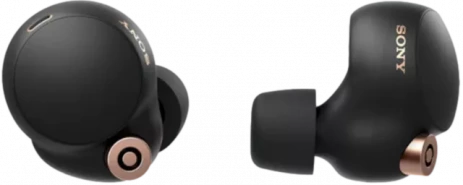
_1671835316.webp)
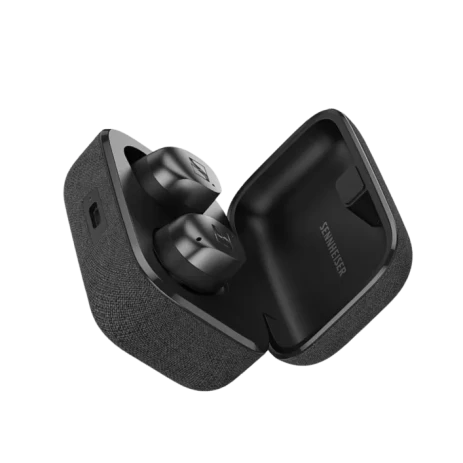 Sennheiser Momentum True Wireless 4 Vs. Apple Airpods Pro (2Nd Gen) Review
Sennheiser Momentum True Wireless 4 Vs. Apple Airpods Pro (2Nd Gen) Review
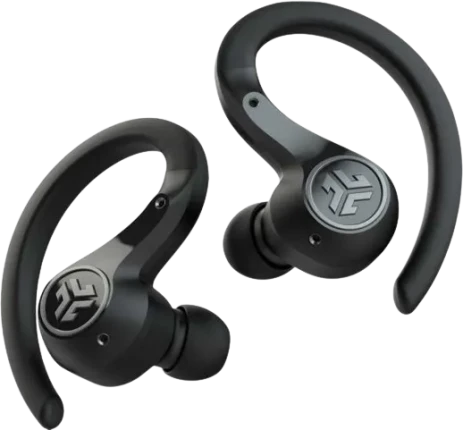 Jlab Audio Epic Air Sport Anc Vs. Apple Airpods Pro (2Nd Gen) Review
Jlab Audio Epic Air Sport Anc Vs. Apple Airpods Pro (2Nd Gen) Review
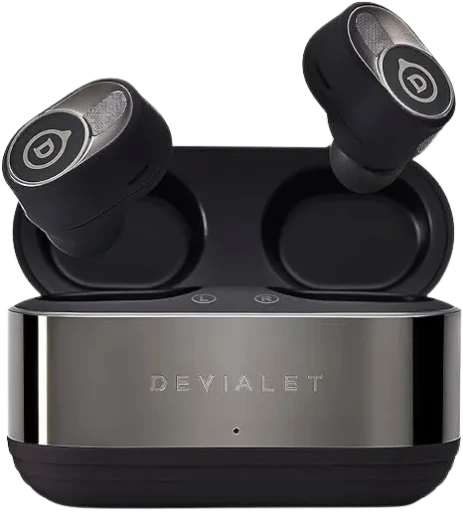 Devialet Gemini 2 Vs. Apple Airpods Pro (2Nd Gen) Review
Devialet Gemini 2 Vs. Apple Airpods Pro (2Nd Gen) Review
